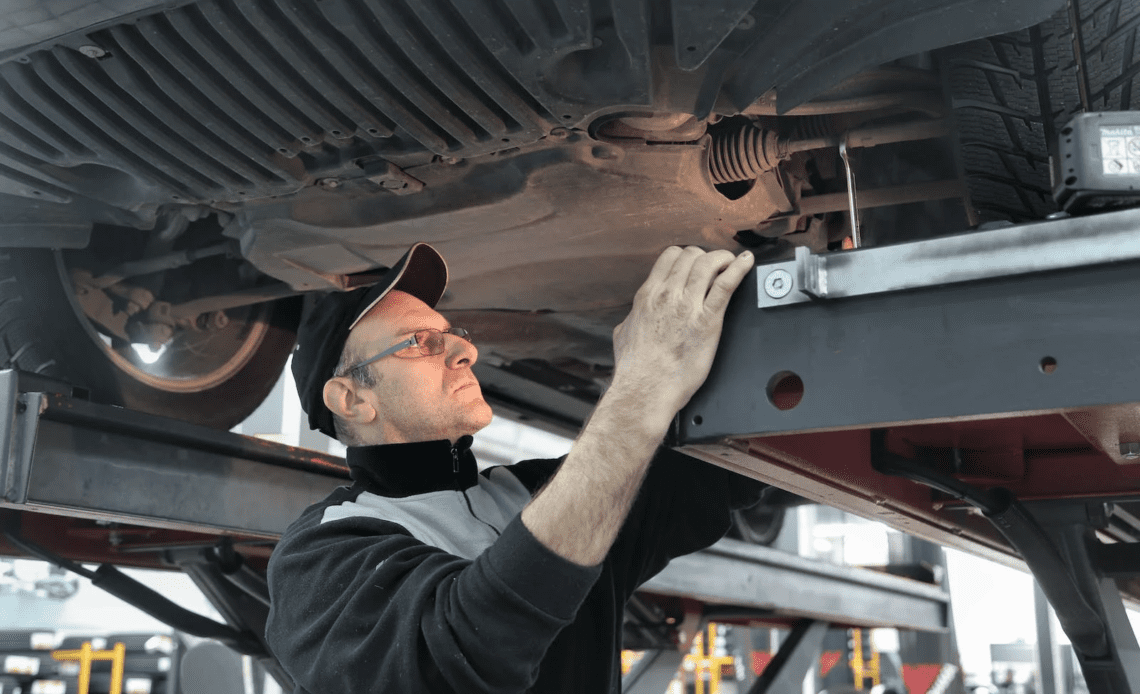Maintenance of your car may seem intimidating, but it’s quite manageable if you stay on top of it. Keeping your vehicle in good working order is critical to preventing more expensive repairs down the road and keeping you safe while driving. It’s important to remember that a little preventive maintenance can go a long way in keeping your car running smoothly. Here are a few tips to help you get started.
1. Do Regular Inspections
It’s also a good idea to do regular visual inspections of your vehicle for signs of wear and tear, such as cracks in belts and hoses, loose bolts, and rust spots on the body or frame. If you find any of these issues, it’s best to get them repaired immediately before they cause more severe problems. For example, a disconnected mass air flow sensor or cracked serpentine belt can cause your engine to overheat and fail. This could lead to costly engine repairs or even a complete replacement.
2. Change the Oil Regularly
Changing the oil regularly is one of the most important parts of keeping your car in top shape. Most cars need to have their oil changed every 3,000 miles or so, but this can vary depending on the make and model. Check your owner’s manual for more specific instructions. It’s also a good idea to check your engine oil level periodically so you know when it needs to be topped off. If you don’t feel comfortable changing your own oil, take it to a professional mechanic who will be able to do it quickly and correctly. Furthermore, they can also advise you on other preventative maintenance measures that should be done as well as whether any parts need replacing or repairs.
3. Check Your Tires
Tires are one of the most important safety components in your car. Be sure to check their air pressure, tread depth, and overall condition often. You can easily check your tire pressure using a simple gauge or a digital monitoring system. It is recommended that you do this at least once per month—more often if you live in an area with extreme weather conditions such as heat or cold. Your owner’s manual should also provide guidance on how much air pressure is ideal for your vehicle. The tread depth of your tires is equally important for ensuring safe driving behaviours. A tire’s tread helps it grip the road, disperse water from its surface, and generate traction when needed.
4. Follow the Recommended Maintenance Schedule
Your car’s manufacturer knows best when it comes to maintenance. That’s why they…
Click Here to Read the Full Original Article at Paddock Magazine…

